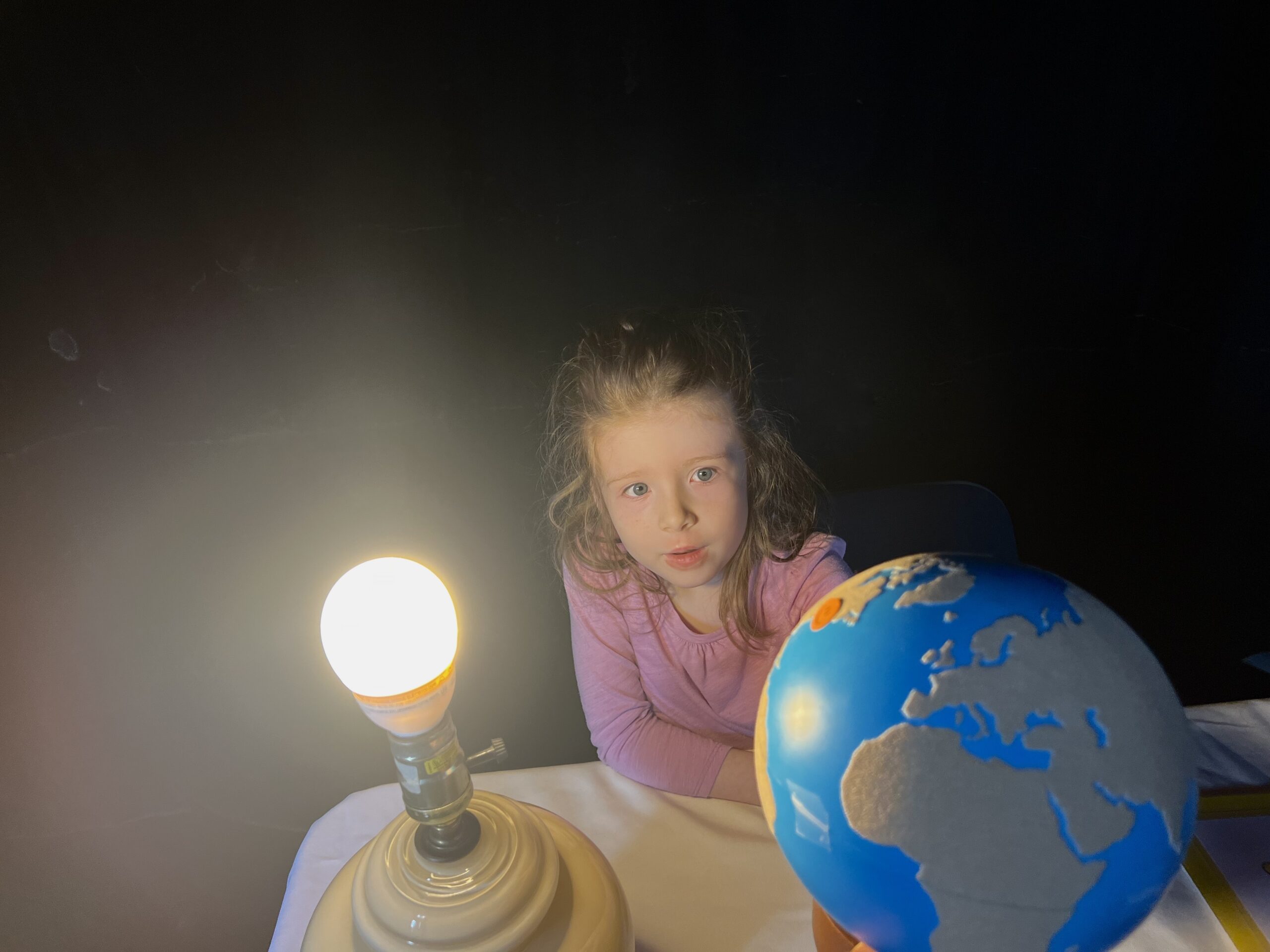Lower Elementary (Ages 6 to 9) and Upper Elementary (Ages 9 to 12) are companion environments defined by non-interference in the learning process; they are a continuum designed to accommodate the full range of possibility and potential and wonder of each child throughout this expansive plane of development (the age of fairness and justice and exploration) as well as a freedom of movement during the work cycle; it is a “cosmic age” of looking outward to the universe, backward to the dawn of time, and inward to one’s own role and sense of purpose; therefore, the classrooms provide students prepared and inspiring access to the necessary tools, materials, adults, technology, the outdoors, and one another so as to meet their imagination and thirsts head-on. These too are hands-on spaces that thrive on attention to order and care; most importantly, they are where students come to construct their own learning and, in turn, themselves.
“. . . let us give [the child] a vision of the whole universe. The universe is an imposing reality, and an answer to all questions . . . all things are part of the universe, and are connected to each other to form one whole unity.”
– Maria Montessori, To Educate the Human Potential
Cosmic Education is the heart of the Montessori Elementary curriculum. It is a way of centering the child in the great Cosmos by communicating essential scientific knowledge, and awakening their mind to the wonder of the universe and everything in it. Cosmic Education aims to facilitate the answers to “why” questions, and inspire more questions still, while showing that all things in the universe are interconnected, have value and purpose, and that everything must work together in harmony.

Lower Elementary Teaching Teams: Classroom Teachers, Specials, & Learning Specialist Team
Curious about our other programs? Learn more now!